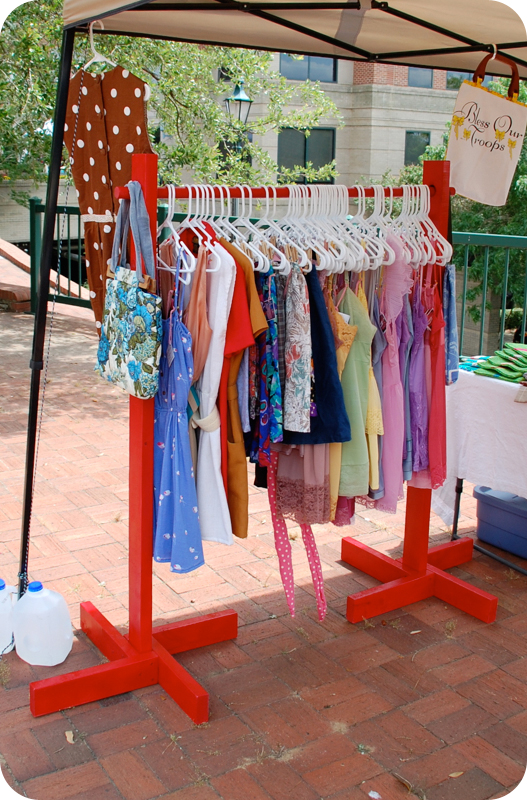Sewing machine restoration project: my new vintage White
Meet Betty, Betty White. My newest addition to my sewing machine collection, a vintage White. Purchased for only $15, it was a steal. One problem: there are no cords, no foot pedal, no electrical plug. Time to start researching and brushing up on my electrical skills.
It's not terribly difficult from my understanding. With the motor on the outside of the machine, it's a matter of opening up the case, and using connectors to hardwire the new electrical. And with some turtle wax and elbow grease, it's going to shine like this similar machine.
It will be a fun project to restore it by rewiring all the electrical and polishing up the machine. Matt is in charge of the cabinet. Since a lot of it is wood veneer, he has to be careful not to sand it too much, and then stain it again, maybe a lighter color or even a color stain. I see a light blue stain being quite beautiful. I photographed it as is, as soon as I brought it home, dust and all.
Hopefully it will be functional when it's restored. The hand wheel turns with ease, which is a good thing, and there is no rust or cracks in the machine. It is missing the spool pins on the top, where the thread sits. I'm hoping I can find replacements for those parts.
I used to have about eight machines, and now I'm down to four, this White makes five, six including my serger. Even if I don't sew with this machine, it's a beautiful piece, and a great way for me to hone and improve my skills. And it's something fun for Matt and I to work on together. He loves to work in the garage on woodworking, as you can see by all the scrap wood in the background of the photos. We have a blast trashpicking scrap wood and making new things with it.
I used to have about eight machines, and now I'm down to four, this White makes five, six including my serger. Even if I don't sew with this machine, it's a beautiful piece, and a great way for me to hone and improve my skills. And it's something fun for Matt and I to work on together. He loves to work in the garage on woodworking, as you can see by all the scrap wood in the background of the photos. We have a blast trashpicking scrap wood and making new things with it.
The knobs on the front will be changed out to crystal knobs, or possibly shiny black. What do you think?
Using this model in search engines, along with the serial number, I hope to find the exact date this machine was made. My best guess, early 1950s.
And the feed dogs still drop with this switch on the front. Maybe I'll get some black paint, and touch up the chips on the front, too. I plan to blog about the entire process, so be sure to check back and follow along with the restoration.
Next step: clean and remove the machine from the cabinet. More soon!












Comments
Post a Comment